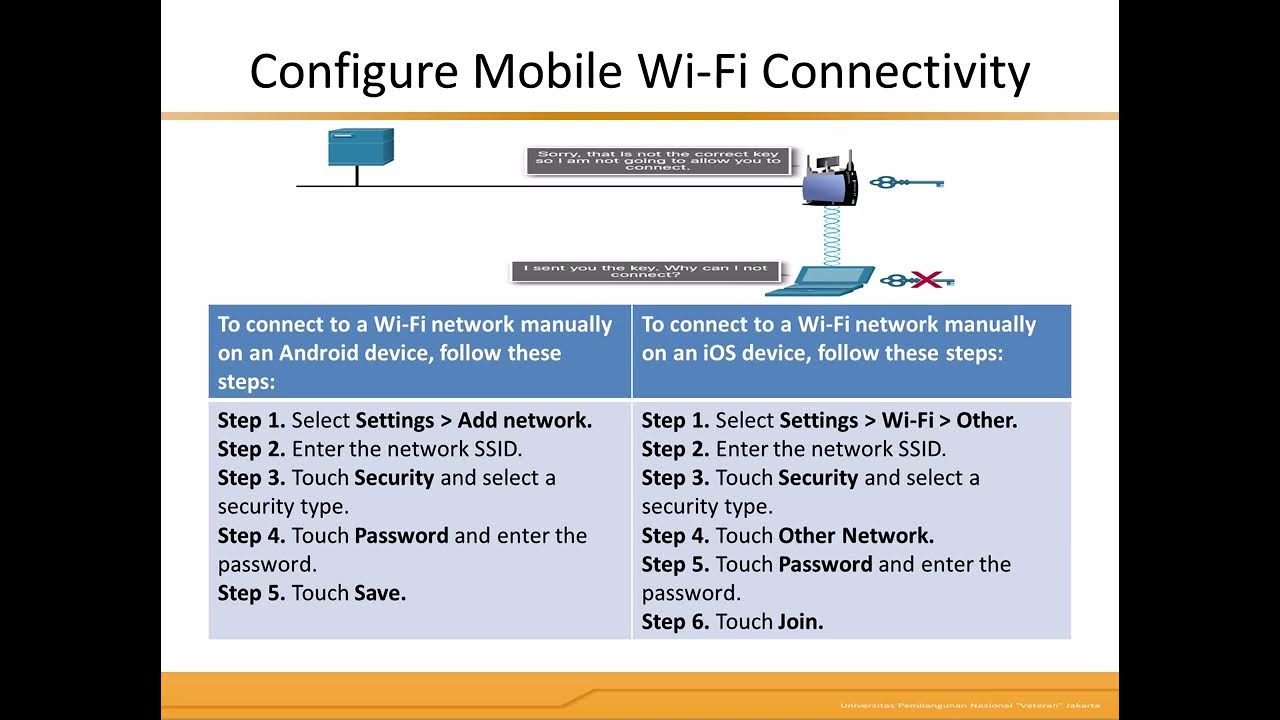GrapheneOS: 5 AWESOME features Apple iOS DOES NOT have
Summary
TLDRGraphene OS offers five unique features not found in Apple's iOS, enhancing privacy and control: Per connection MAC address randomization for Wi-Fi connections, a built-in network firewall to disable app network access, user profiles for data separation, Wi-Fi and Bluetooth auto-timeout to prevent unnecessary pinging, and storage scopes that restrict app access to only the files they create or those specified by the user. These features provide a robust privacy-centric alternative to iOS.
Takeaways
- 🔒 Graphene OS provides per-connection randomized MAC addresses, enhancing privacy by changing the address each time you connect to Wi-Fi.
- 🚫 Graphene OS includes a built-in network firewall that allows you to disable network access for specific apps, unlike iOS which does not offer this feature.
- 👥 Graphene OS supports user profiles, enabling separation of personal and work data, and offering a way to switch between different activities on the same device.
- 🕒 With Graphene OS, you can set a Wi-Fi and Bluetooth auto-timeout, ensuring that these connections are automatically turned off after a set duration of inactivity.
- 📂 Graphene OS introduces storage scopes, which restrict apps to only access files they create or explicitly granted folders, providing more control over file access than iOS.
- 📱 iOS has a private Wi-Fi address feature that randomizes the MAC address, but it is static and not per connection like Graphene OS.
- 🎥 iOS allows controlling app permissions for microphone, camera, location, etc., but does not have the ability to completely disable network access for apps.
- 🏢 iOS does not support user profiles, meaning all activities are tied to a single user account, unlike Graphene OS.
- 📡 iOS does not have an auto-timeout feature for Wi-Fi and Bluetooth, requiring manual intervention to turn them off.
- 📁 iOS recently added the ability to restrict photo and video access for apps, but this control is limited to these file types and does not extend to other documents like Word or PDFs.
- 💡 Graphene OS offers additional control over app permissions, including the ability to grant or deny access to specific files and folders, beyond what iOS provides.
Q & A
What is the main advantage of per connection randomized MAC on GrapheneOS compared to iOS's private Wi-Fi address?
-The main advantage is that GrapheneOS randomizes the MAC address each time you connect to Wi-Fi, providing a higher level of privacy and preventing the device's actual hardware MAC address from being revealed.
How does GrapheneOS's built-in network firewall differ from iOS's control over app permissions?
-GrapheneOS allows you to completely disable network access to apps on a per-app basis, whereas iOS only provides control over permissions like microphone, camera, location, and does not allow disabling network access entirely.
What is the purpose of user profiles in GrapheneOS and how do they differ from iOS's single user account?
-User profiles in GrapheneOS allow you to separate data for different purposes, such as personal, work, or school, providing a way to keep personal and work data separate. iOS only has one user account and does not offer this level of data separation.
Can you explain the Wi-Fi and Bluetooth Auto Timeout feature on GrapheneOS and how it helps with privacy?
-The Wi-Fi and Bluetooth Auto Timeout feature on GrapheneOS automatically turns off these connections after a set interval when you leave a certain area, ensuring that your device is not unnecessarily pinging nearby devices and maintaining privacy.
What is the main difference between GrapheneOS's storage scopes and iOS's photo and video access permissions?
-GrapheneOS's storage scopes restrict apps to only access files they created or specific files/folders granted by the user, while iOS's feature is limited to restricting access to photos and videos, with no control over other file types.
How can you quickly randomize your MAC address on GrapheneOS?
-You can quickly randomize your MAC address on GrapheneOS by disconnecting and reconnecting to Wi-Fi.
How does disabling network permissions for an app in GrapheneOS ensure privacy?
-Disabling network permissions in GrapheneOS prevents the app from sending any telemetry or data over the network, as it has no access to the internet.
What is the benefit of having separate user profiles for work and personal use on GrapheneOS?
-Having separate user profiles allows you to keep work and personal data separate, making it easier to switch between the two and maintain privacy.
Can you provide an example of how to use the Wi-Fi and Bluetooth Auto Timeout feature on GrapheneOS?
-If you set a 15-second timeout interval, once you leave your home, Wi-Fi and Bluetooth will automatically turn off after 15 seconds, ensuring they are not pinging nearby devices when not needed.
How does GrapheneOS's storage scopes enhance control over app access to files compared to iOS?
-GrapheneOS's storage scopes not only allow specific file access like iOS but also enable folder access control, providing a more comprehensive way to manage app permissions.
What additional GrapheneOS features not mentioned in the script might users find beneficial for privacy and security?
-Users might find features such as ad-blocking, minimal app permissions, and the ability to review and control all permissions granted to apps beneficial for privacy and security.
Outlines

This section is available to paid users only. Please upgrade to access this part.
Upgrade NowMindmap

This section is available to paid users only. Please upgrade to access this part.
Upgrade NowKeywords

This section is available to paid users only. Please upgrade to access this part.
Upgrade NowHighlights

This section is available to paid users only. Please upgrade to access this part.
Upgrade NowTranscripts

This section is available to paid users only. Please upgrade to access this part.
Upgrade Now5.0 / 5 (0 votes)





